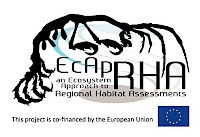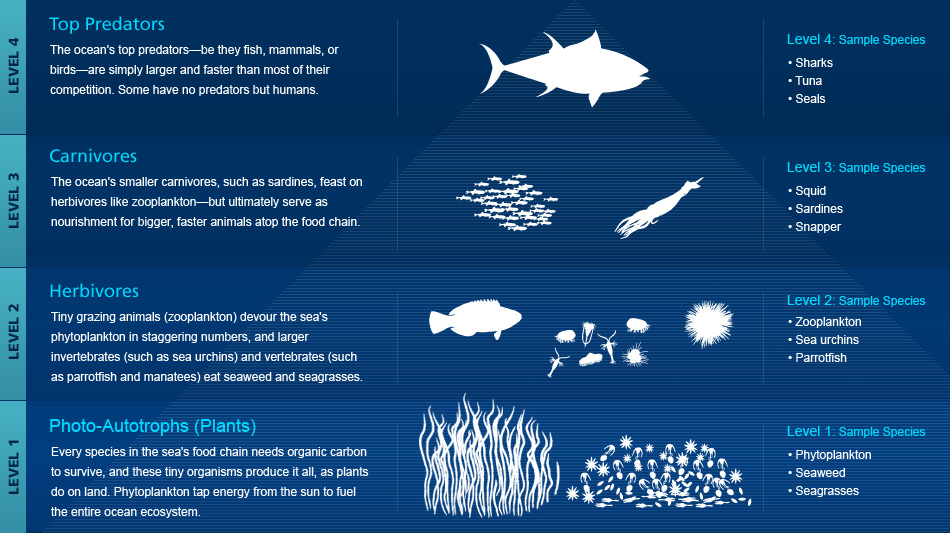EcApRHA's Food Web group
 The EcApRHA project is divided into 5 work packages; Pelagic, Benthic, Food web, Ecosystem perspective and Project management.
The EcApRHA project is divided into 5 work packages; Pelagic, Benthic, Food web, Ecosystem perspective and Project management.
The Food Web group met in Santander to discuss the methodology and some of the technical details of their package.
More specifically, the group considered the methodology to be applied when using the Mean Trophic Level (MTL) indicators to describe food webs.
The meeting concluded that, among other things, the methodology should take into account;
- The best way to assign a trophic level to a species in a given ecosystem;
- The appropriateness of the available biomass data sources to describe structural changes in food webs;
- Testing various thresholds to describe changes occurring at different trophic levels.
The working group will be focusing on the Bay of Biscay’s (region IV OSPAR) case study.
Terms used
Food webs are networks of organisms related by feeding interactions. Essentially, it describes the relationship between who eats who/what.
The trophic level is the position of an organism in a food web and can be established by analysing what it eats (see diagram below). Changes in the average trophic level can reflect changes in food web structure (i.e. modification in the species composition and/or biomass).
Mean Trophic Level (MTL) indicators look at the average trophic level of the biomass caught during scientific surveys and commercial landings data.
Biomass is biological material derived from living, or recently living organisms.

